Even for a fairy tale, the story of Rapunzel is implausible—and not just because of the protagonist’s overactive follicles. Anyone who’s sunk years into brushing yards and yards of their spun-gold hair would never let some prince yank, pull, and climb on it. A woman like Rapunzel doesn’t just care for her hair. She coddles it. We can identify, but we also have much more than a comb to work with. There are shampoos, conditioners, products, blow dryers, and the influence of the “no-poo” lobby to contend with. It’s hard to know what to choose. That’s a problem, because the particulars of how you treat your hair make all the difference—even if you don’t have Rapunzel-level locks. Many people don’t know exactly how to treat their hair to keep it healthy, hairstylists say. In fact, lots of popular products and practices actually do more damage than good. We talked to experienced stylists and got the inside scoop on some of the most common hair-care mistakes—and how to give your ‘do the fairy-tale ending it deserves.
1. You’re combing your hair wrong.
It really is possible to comb your hair incorrectly—and doing so can lead to some serious damage. When it comes to detangling your hair, moisture matters. 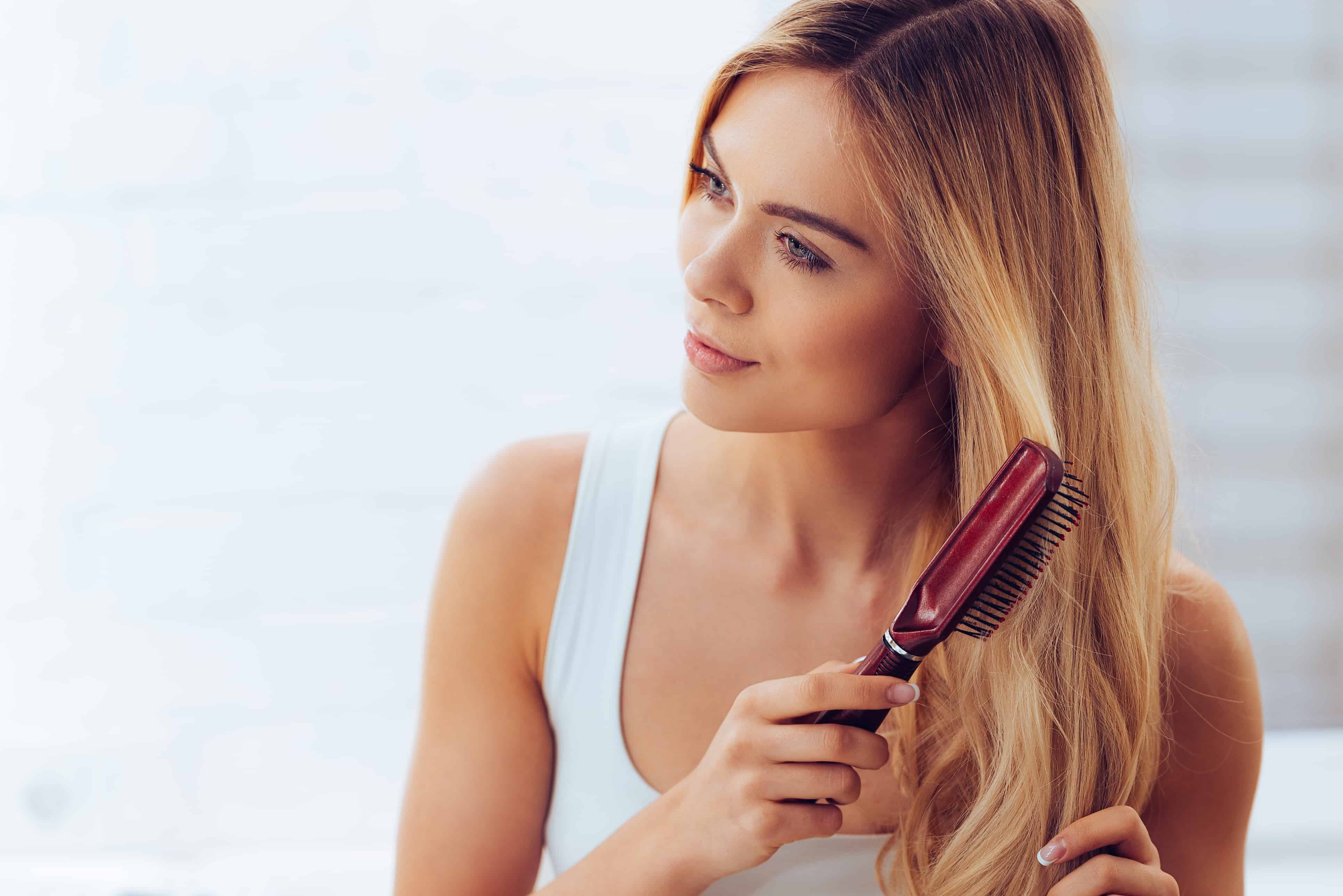 You don’t want to pull a comb through your hair right after you step out of the shower, says salon-owner and stylist Christy Stewart. “Your hair is most fragile when wet,” Stewart tells HealthyWay. Excessive brushing or combing can stretch wet hair and lead to breakage, she explains. The type of brush you’re using can cause problems, too. Brushes or combs with small, fine teeth cause more friction and pulling on the follicles and are not great to use.
You don’t want to pull a comb through your hair right after you step out of the shower, says salon-owner and stylist Christy Stewart. “Your hair is most fragile when wet,” Stewart tells HealthyWay. Excessive brushing or combing can stretch wet hair and lead to breakage, she explains. The type of brush you’re using can cause problems, too. Brushes or combs with small, fine teeth cause more friction and pulling on the follicles and are not great to use. 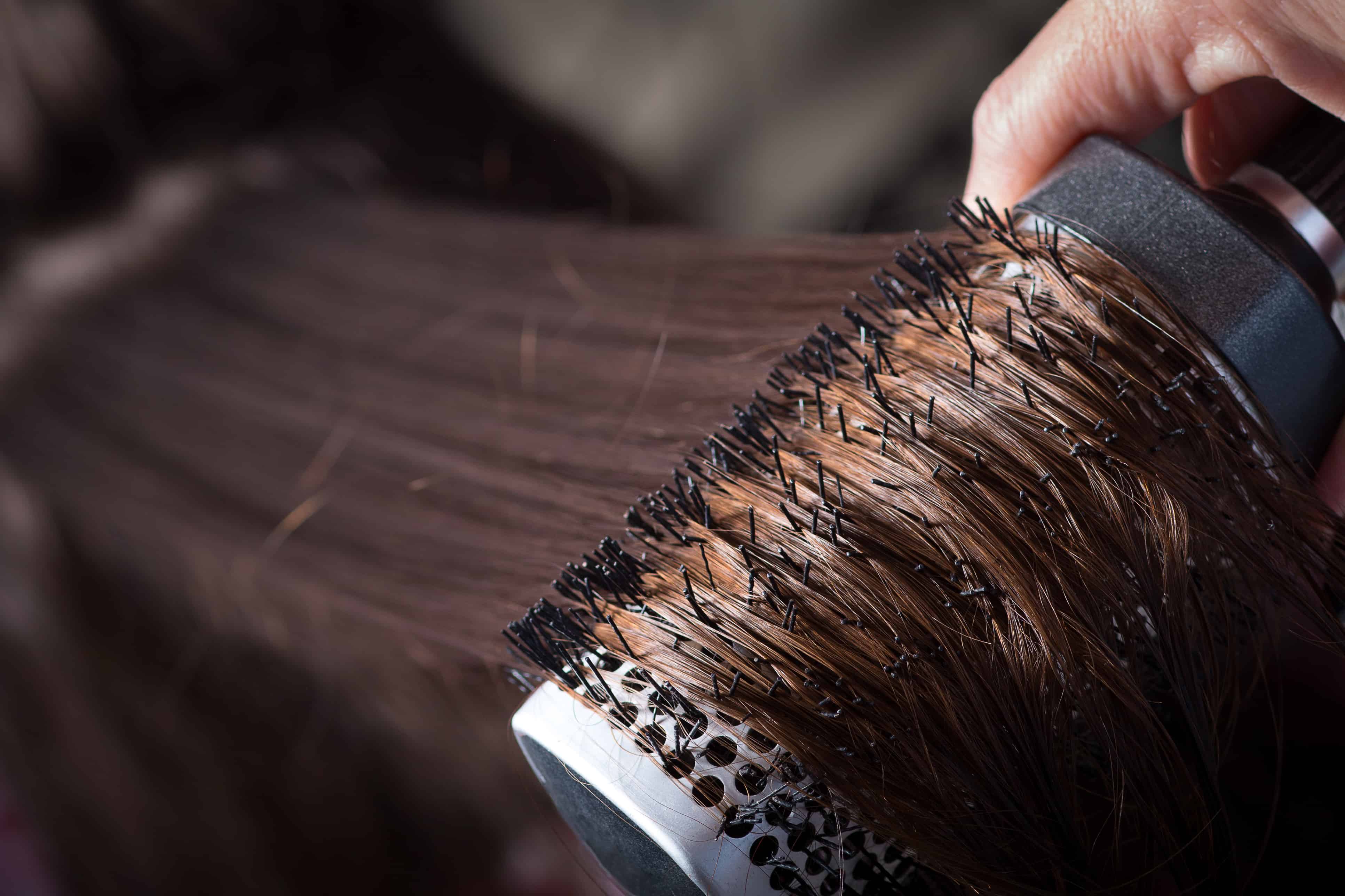 “Use a wide-tooth comb or a wet brush that is made specifically for brushing wet hair,” Stewart says. Many stylists even recommend using the “bottom’s up” method for brushing hair. It may feel weird at first, but “start at your ends and work your way toward the roots. Never start at the root!” warns Stewart. “You’ll just end up hurting yourself.”
“Use a wide-tooth comb or a wet brush that is made specifically for brushing wet hair,” Stewart says. Many stylists even recommend using the “bottom’s up” method for brushing hair. It may feel weird at first, but “start at your ends and work your way toward the roots. Never start at the root!” warns Stewart. “You’ll just end up hurting yourself.”
2. You’re washing your hair wrong.
You probably grew up with the iconic phrase “lather, rinse, and repeat.” Now there’s a whole new camp telling you not to wash your hair. Like, at all. Who can you really trust when it comes to cleaning your luscious locks? 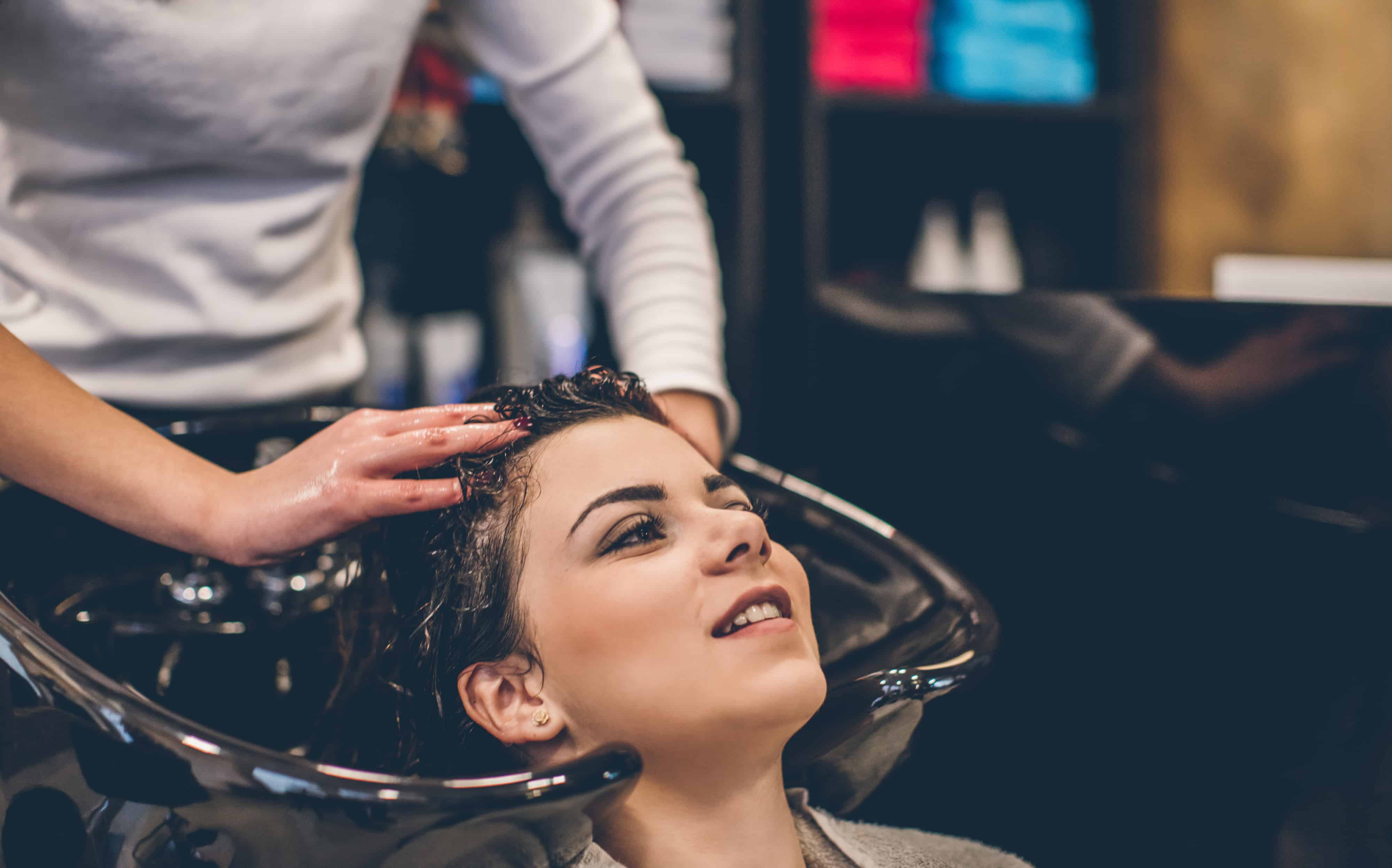 First of all, your cleansing routine should be based on your hair type. Thin hair is more delicate and more prone to breakage, whereas thick or curly hair is stronger. Is your scalp exceptionally oily or dry? Taking note of your hair type helps you know exactly how to handle and clean your hair. Regardless of your hair type, it’s always a good idea to start by thoroughly rinsing your hair with warm water. The temperature helps open up the hair cuticles, making it easier to remove any dirt and absorb the oils from your conditioner. If you have hair past your shoulders, it’s also a good idea to apply a light layer of conditioner to the ends first. Those are the oldest and driest points, and conditioning first helps protect the most fragile bits of hair during the cleaning process.
First of all, your cleansing routine should be based on your hair type. Thin hair is more delicate and more prone to breakage, whereas thick or curly hair is stronger. Is your scalp exceptionally oily or dry? Taking note of your hair type helps you know exactly how to handle and clean your hair. Regardless of your hair type, it’s always a good idea to start by thoroughly rinsing your hair with warm water. The temperature helps open up the hair cuticles, making it easier to remove any dirt and absorb the oils from your conditioner. If you have hair past your shoulders, it’s also a good idea to apply a light layer of conditioner to the ends first. Those are the oldest and driest points, and conditioning first helps protect the most fragile bits of hair during the cleaning process. 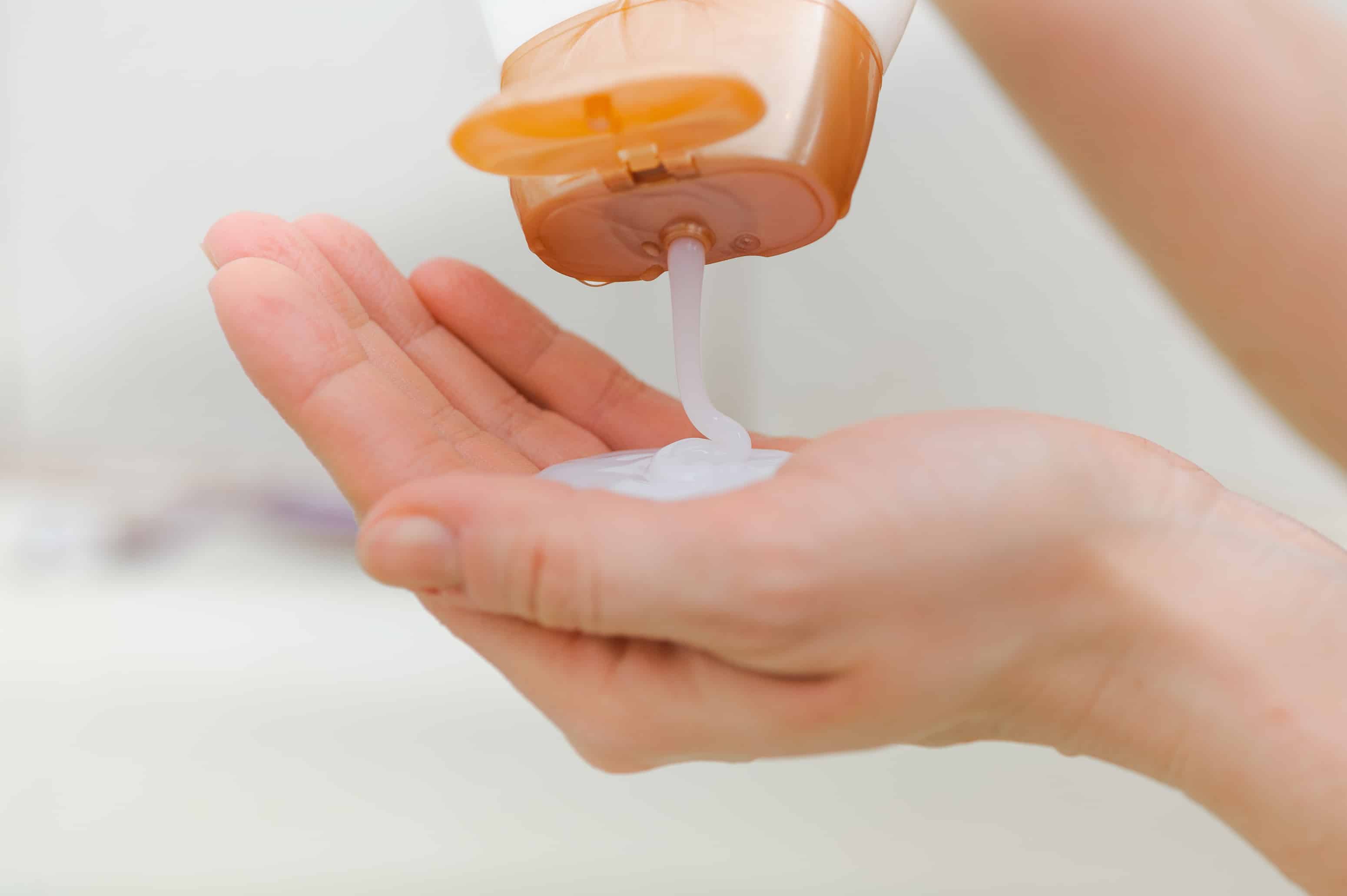 But should you even use shampoo at all? The “no-poo” sect was born from the idea that the more you clean and remove natural oils from your body, the more your body produces, and you’re forever stuck in a greasy loop.
But should you even use shampoo at all? The “no-poo” sect was born from the idea that the more you clean and remove natural oils from your body, the more your body produces, and you’re forever stuck in a greasy loop.
My no shampoo experiment is abit embarrassing today 😐
— 🧚🏼♀️ (@ohritecool) February 26, 2018
While it is true that shampoo removes your scalp’s natural oils, it’s completely okay to use it two to three times a week, reports NPR. People with curly hair can possibly go even longer without shampooing, but again, it’s different person to person. However, you should only ever be applying shampoo to your scalp—never down to the ends of your hair. The way you lather up matters, too. Never apply shampoo in a circular motion. This can cause serious tangles and break your hair. Instead, move your fingers vertically across your scalp. And don’t think you need to follow the “rinse and repeat” adage. Unless your hair is exceptionally dirty (in this case, the shampoo might not lather at all), there’s no reason for round number two of ‘poo. 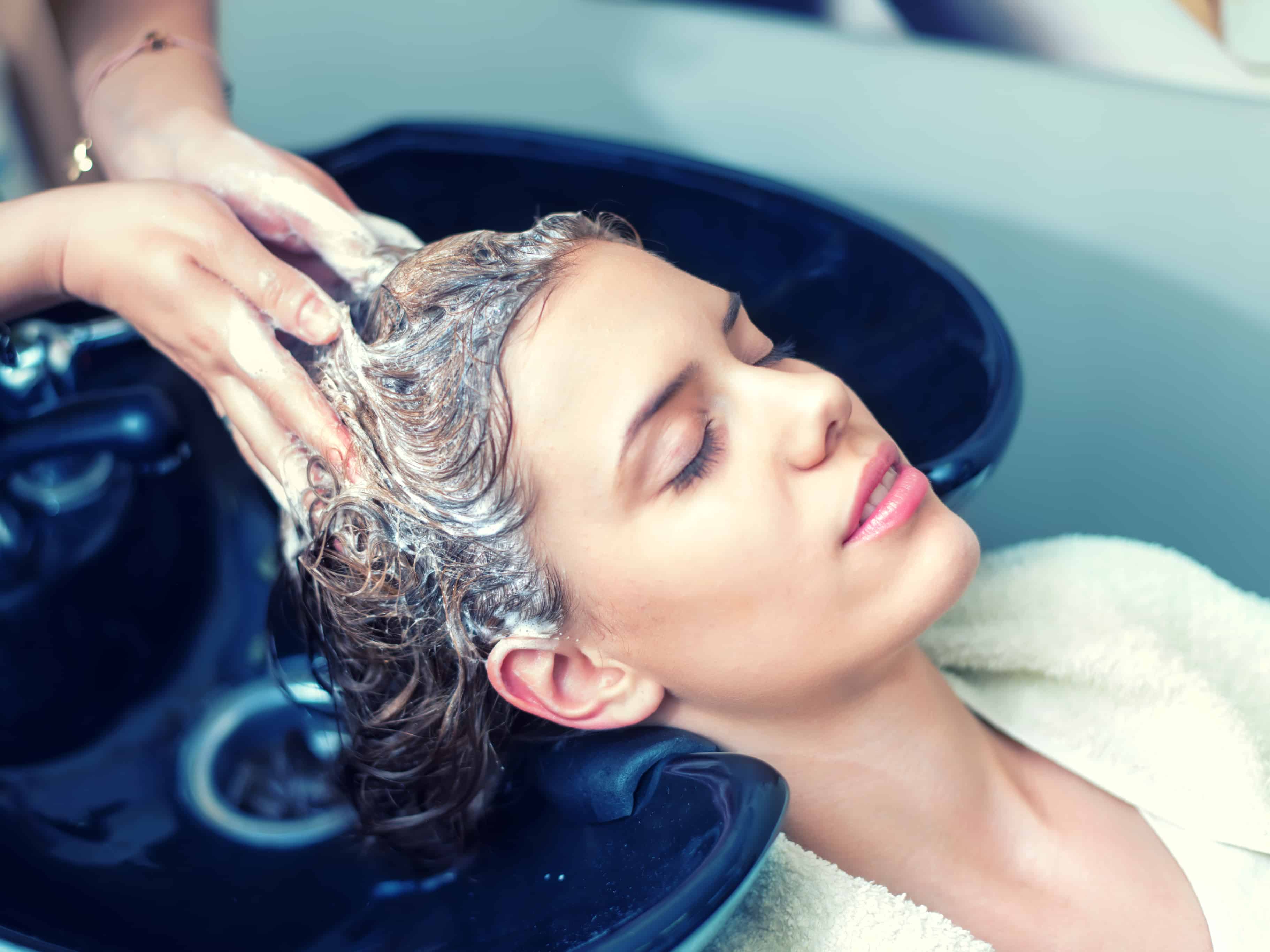 Finally, when you’re ready to condition, squeeze some of the water from your hair and then apply the product from the middle of your hair down to your roots (your scalp doesn’t need the extra oil). Leave conditioner in for as long as you can, and then rinse your hair until all of the product is removed. Then, if you can stand it, finish off your shower with a cold water rinse. This will seal the cuticle as well as the outer layer of the hair, giving it the most shine. Also take note of the ingredients of the products you use.
Finally, when you’re ready to condition, squeeze some of the water from your hair and then apply the product from the middle of your hair down to your roots (your scalp doesn’t need the extra oil). Leave conditioner in for as long as you can, and then rinse your hair until all of the product is removed. Then, if you can stand it, finish off your shower with a cold water rinse. This will seal the cuticle as well as the outer layer of the hair, giving it the most shine. Also take note of the ingredients of the products you use.
y’all ever put face wash in your hair on accident thinking it was shampoo?? asking for a friend
— cheryl bombshell🍒 (@kellsjay1) February 16, 2018
“Avoid products with sulfates, as they strip hair of its good stuff [natural oils], and sodium chloride because it can be very drying,” says stylist Kashmir Asvaraksh. Look for paraben- and sulfate-free products instead—those will clean and condition your hair without the harshness.
3. You’re towel-drying your hair wrong.
Nothing is sacred anymore. Even towel drying your hair after a shower can cause breakage and damage! While it may sound insignificant, the way you dry your hair really does affect the way it looks. 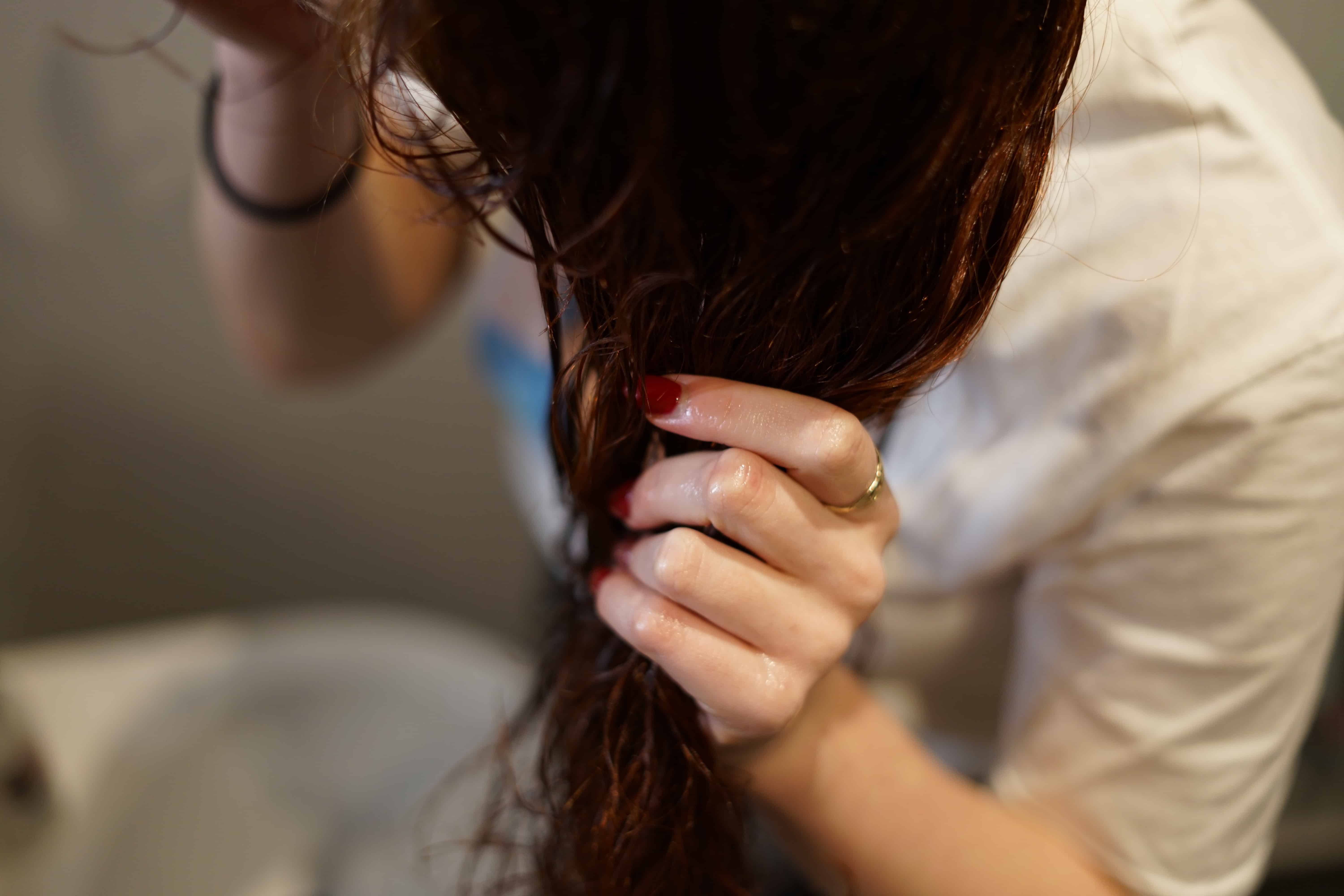 Vigorously towel drying after a shower causes a lot of friction, which leads to breakage—especially if you use a circular motion. Dry too roughly and you can damage hair cuticles, the protective outermost layer of each hair. That leads to frizzy, damaged-looking hair, and no one wants that. The best way to dry your hair with a towel is to press or blot the towel onto the wet hair—no rubbing! Alternately, you could “swap that bath towel for a microfiber towel or old T-shirt instead,” Stewart says. “The high thread count will be much more gentle on those cuticles.”
Vigorously towel drying after a shower causes a lot of friction, which leads to breakage—especially if you use a circular motion. Dry too roughly and you can damage hair cuticles, the protective outermost layer of each hair. That leads to frizzy, damaged-looking hair, and no one wants that. The best way to dry your hair with a towel is to press or blot the towel onto the wet hair—no rubbing! Alternately, you could “swap that bath towel for a microfiber towel or old T-shirt instead,” Stewart says. “The high thread count will be much more gentle on those cuticles.”
4. You’re blow-drying your hair all wrong.
If you prefer to use a blow dryer, make sure you don’t go too crazy and dry your hair out with excessive heat. While thin hair is most susceptible to heat damage, even thick or curly hair shouldn’t be subjected to the high heat of a blow dryer for an extended amount of time. If you absolutely must blow dry, though, use a continuous motion and a flat nozzle attachment—that will direct the the warm air and help hair dry quicker and more evenly. 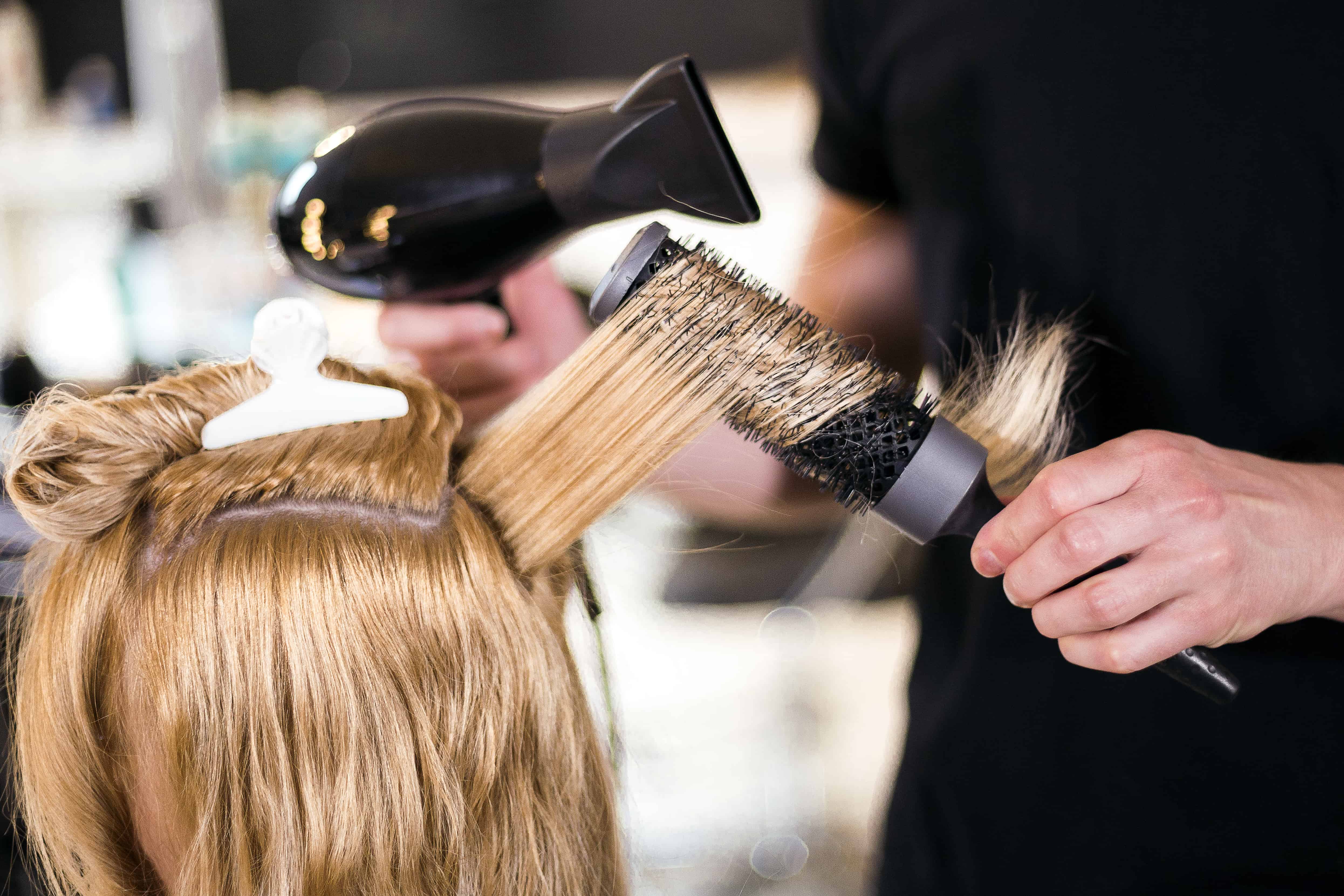 To properly blow dry, start by sectioning off parts of your hair. These smaller sections will allow your hair to dry faster with less heat, which is always a good thing. Decide on the look you’re going for beforehand, and then use the blow dryer to help achieve that look. Hold your brush vertically, and the blow dryer horizontally. This will give your hair more volume and won’t leave it stick-straight.
To properly blow dry, start by sectioning off parts of your hair. These smaller sections will allow your hair to dry faster with less heat, which is always a good thing. Decide on the look you’re going for beforehand, and then use the blow dryer to help achieve that look. Hold your brush vertically, and the blow dryer horizontally. This will give your hair more volume and won’t leave it stick-straight. 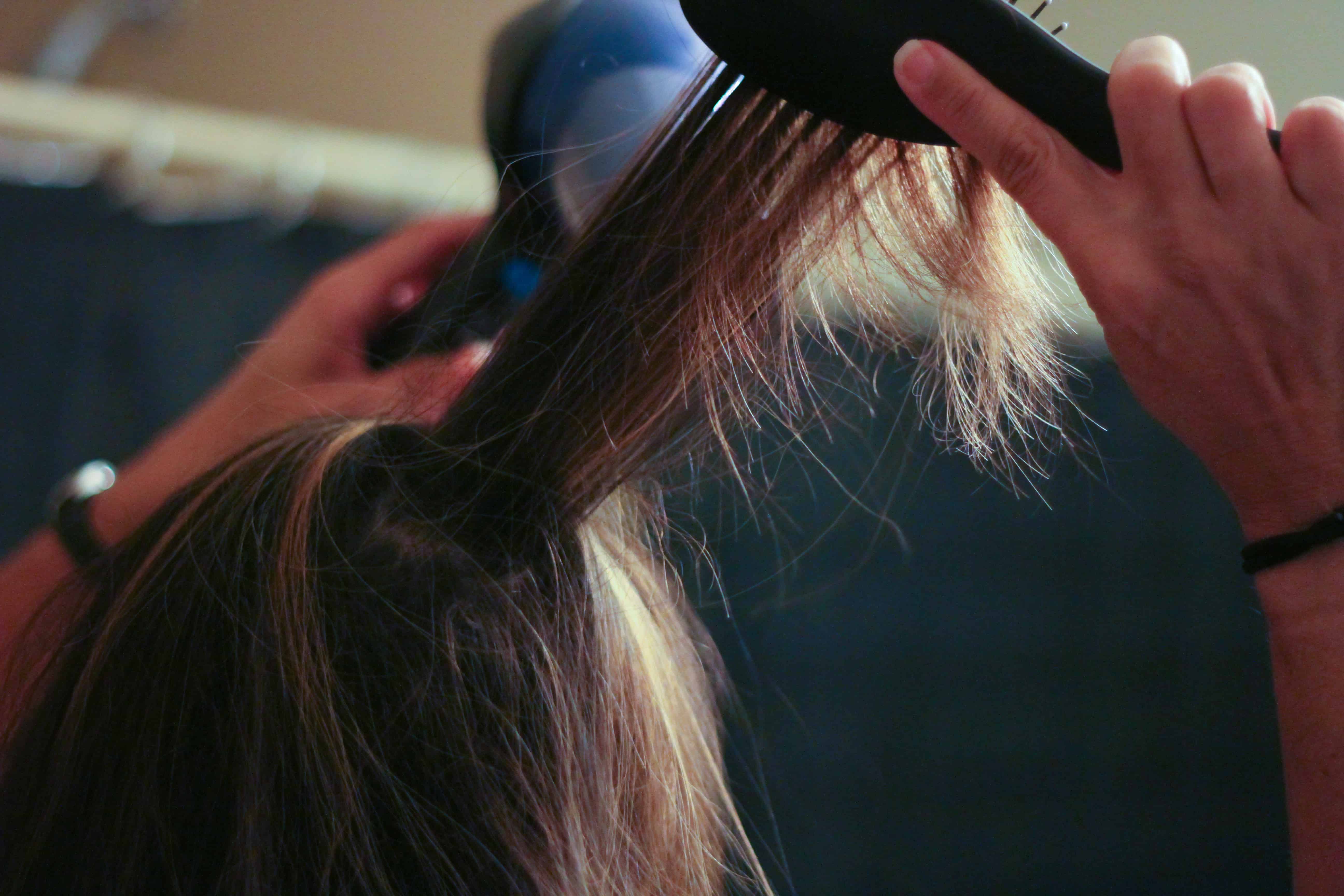 A boar-bristle brush is best to use while drying hair. Unlike its ceramic counterpart, the boar-bristle brush doesn’t conduct heat, which can flatten natural volume, quite as easily. Boar bristles will also smooth down the hair’s cuticles with ease. As for the type of hair dryer to use—it all comes down to your hair type. Ionic dryers are better for thick or frizzy hair because they break up water droplets faster, cutting down drying time. However, these dryers aren’t great if your hair is oily or if you’re going for volume. Ceramic or infrared dryers are great for people with thinner, dry hair, but can also be beneficial for almost everyone. The weight of your locks also comes into play, especially if you have a ton of hair and have to hold the darn hairdo up for a long time. If you’re ready to splurge on a nice dryer, take some time and find the one the fits the majority of your hair needs—not just the most expensive or popular one.
A boar-bristle brush is best to use while drying hair. Unlike its ceramic counterpart, the boar-bristle brush doesn’t conduct heat, which can flatten natural volume, quite as easily. Boar bristles will also smooth down the hair’s cuticles with ease. As for the type of hair dryer to use—it all comes down to your hair type. Ionic dryers are better for thick or frizzy hair because they break up water droplets faster, cutting down drying time. However, these dryers aren’t great if your hair is oily or if you’re going for volume. Ceramic or infrared dryers are great for people with thinner, dry hair, but can also be beneficial for almost everyone. The weight of your locks also comes into play, especially if you have a ton of hair and have to hold the darn hairdo up for a long time. If you’re ready to splurge on a nice dryer, take some time and find the one the fits the majority of your hair needs—not just the most expensive or popular one.
4. You’re using heated tools disastrously wrong.
In addition to practicing good blow-drying habits, you should definitely be careful when using heated tools to style your hair. First and foremost, you have to use heat-protectant products if you are using a blow dryer or other heated styling tools. 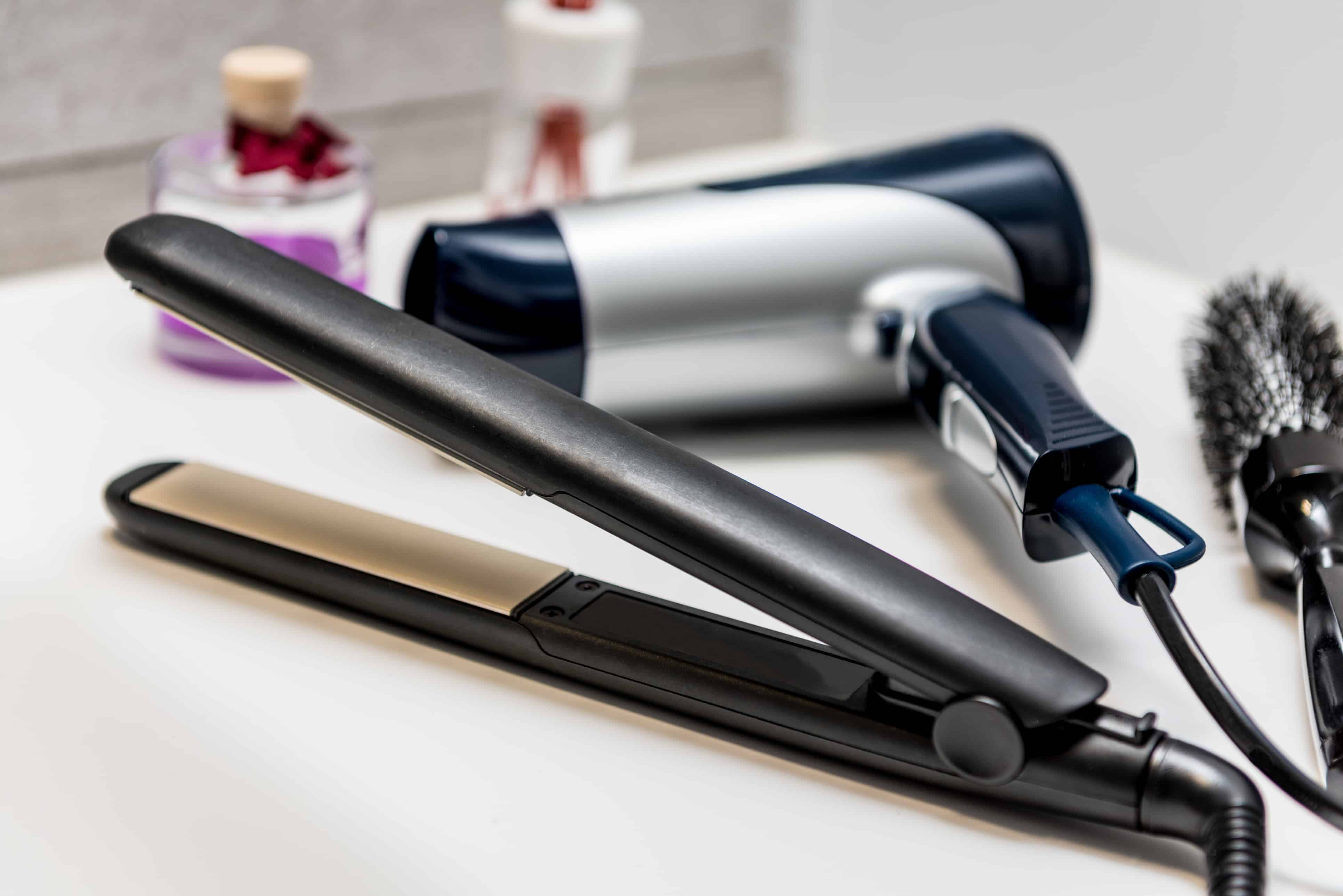 “You can use heating elements regularly if, and only if, you use a heat protectant and a sufficient amount of it,” says Asvaraksh. “The heat protectant needs to be applied all over the hair” to be effective for keeping hair healthy while drying and styling, she says.
“You can use heating elements regularly if, and only if, you use a heat protectant and a sufficient amount of it,” says Asvaraksh. “The heat protectant needs to be applied all over the hair” to be effective for keeping hair healthy while drying and styling, she says. 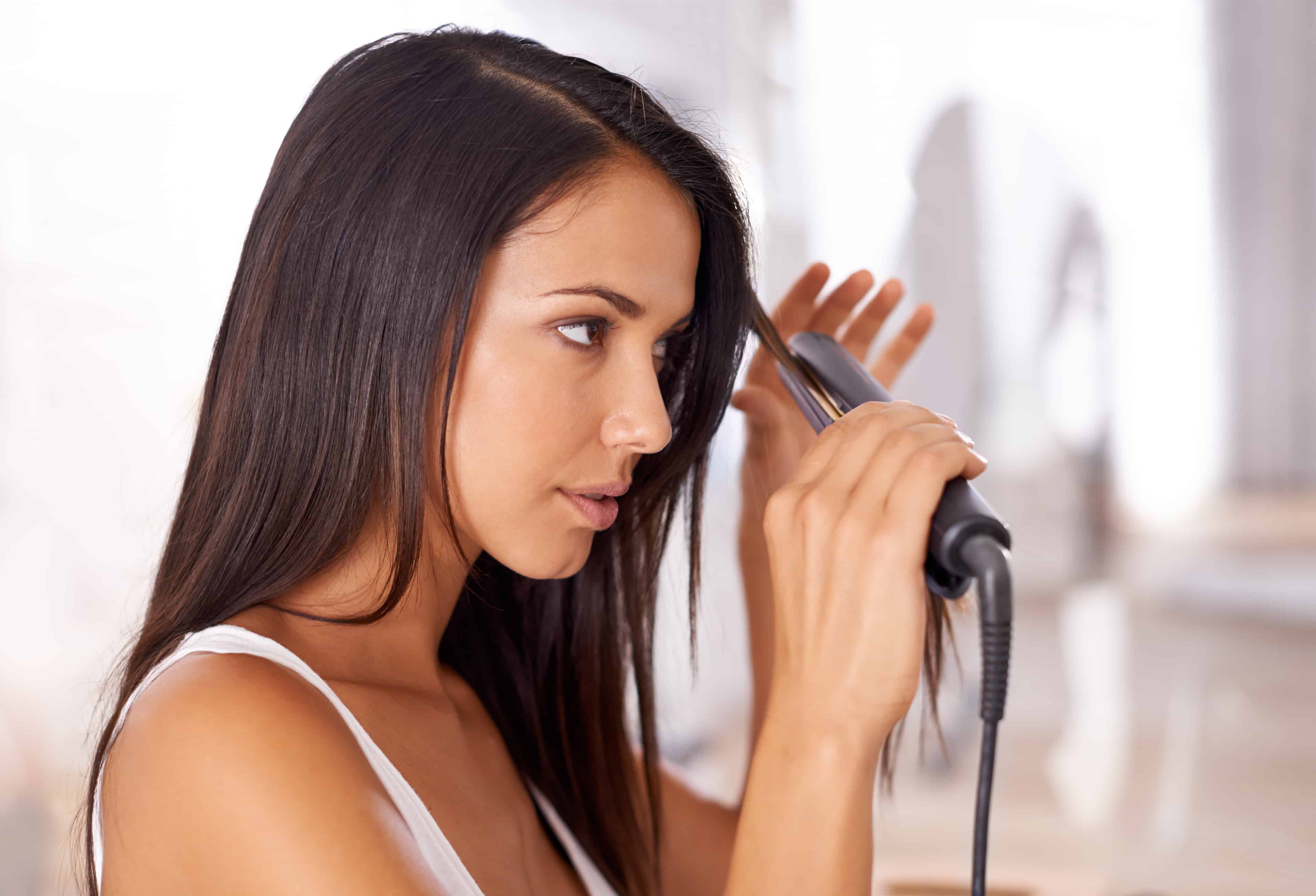 “To get the best results, look for products that fit your hair type. These heat-resistant products will prolong your blowout and limit heat damage,” says salon owner and stylist Eliut Rivera. For natural hair, you want to keep the temperature of any heated tool under 400 degrees. People with color treated, fine, or processed hair should stick to lower temperatures. Rivera shares the cardinal rule of using heated tools on our hair: “The more heat applied, the more damage is being done,” the stylist says. We would add a sliver of wisdom from Rapunzel’s world of myth. She never used heated tools, remember, and look how well that worked out for her.
“To get the best results, look for products that fit your hair type. These heat-resistant products will prolong your blowout and limit heat damage,” says salon owner and stylist Eliut Rivera. For natural hair, you want to keep the temperature of any heated tool under 400 degrees. People with color treated, fine, or processed hair should stick to lower temperatures. Rivera shares the cardinal rule of using heated tools on our hair: “The more heat applied, the more damage is being done,” the stylist says. We would add a sliver of wisdom from Rapunzel’s world of myth. She never used heated tools, remember, and look how well that worked out for her.


